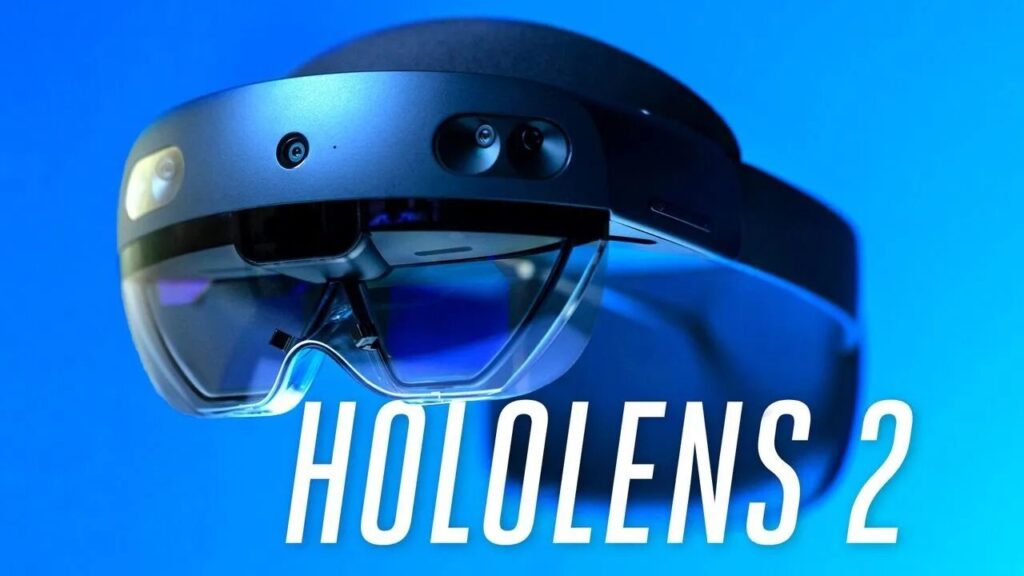Microsoft is making significant changes within its Mixed Reality team, raising questions about the future of its HoloLens project. Despite its early investment in virtual/mixed reality technologies, the company’s recent plans indicate a shift away from this focus.
Restructuring the Mixed Reality Division
Microsoft has announced a restructuring of its Mixed Reality division, which includes some job cuts. A Microsoft spokesperson confirmed that the company is reorganizing the team, which suggests a strategic shift in their approach to mixed reality technologies.

- Withdrawal from the Market: Over the past few years, Microsoft has gradually pulled back from the augmented/virtual reality market. This latest restructuring move is not entirely unexpected. For instance, the company recently made the Mixed Reality Toolkit completely open-source.
- End of Support for Windows Mixed Reality Portal: Late last year, Microsoft announced that it would no longer support the Windows Mixed Reality Portal. By the end of 2026, this portal will no longer be available in Windows versions, indicating that there will not be a VisionOS competitor from Microsoft.
- Limited Success: Microsoft’s consumer-focused Windows Mixed Reality headsets did not achieve significant sales success. Support for virtual platforms within Windows is also declining, with Windows 11 not supporting any current Windows Mixed Reality (WMR) headsets.

The Future of HoloLens
Despite these changes, the HoloLens 2, developed by Microsoft, will continue to be part of the U.S. Army’s equipment. Microsoft has also stated that it will continue to support its customers and partners, but the growth potential for HoloLens seems limited.
- HoloLens in the Military: HoloLens 2 will remain in use within the U.S. Army, showcasing its ongoing application in specialized fields despite broader market challenges.
- Customer and Partner Support: Microsoft remains committed to supporting its existing customers and partners, ensuring that those currently using HoloLens technology will not be left without resources or support.
Conclusion
Microsoft’s retreat from the consumer augmented/virtual reality market marks a significant shift in its strategic direction. The restructuring of the Mixed Reality team and the end of support for key mixed reality tools indicate a reevaluation of priorities, particularly in the face of competition from Apple’s Vision Pro. While HoloLens will continue to serve specific sectors, its broader market presence appears to be diminishing.

